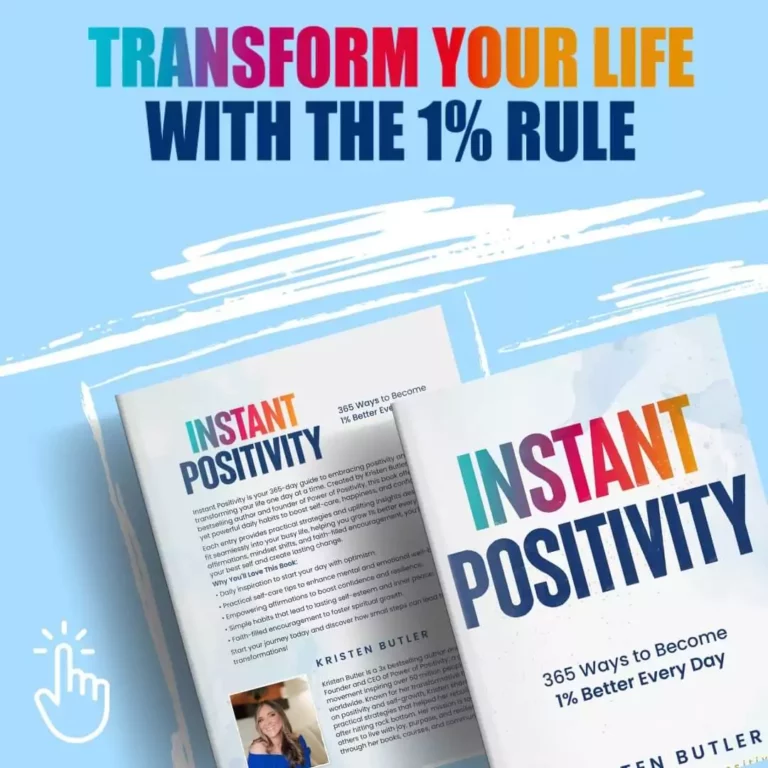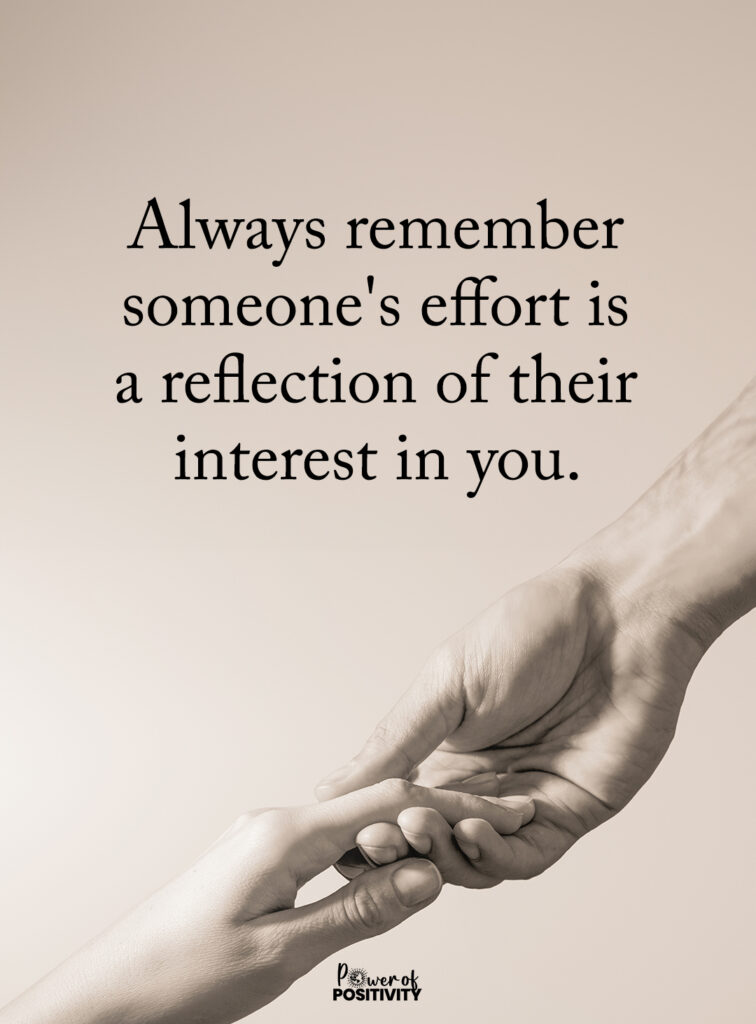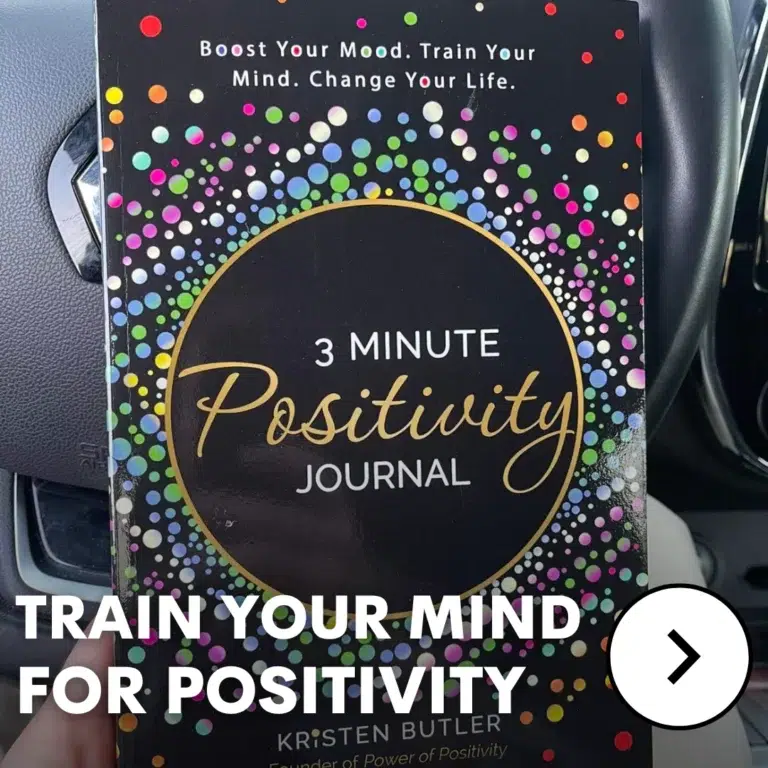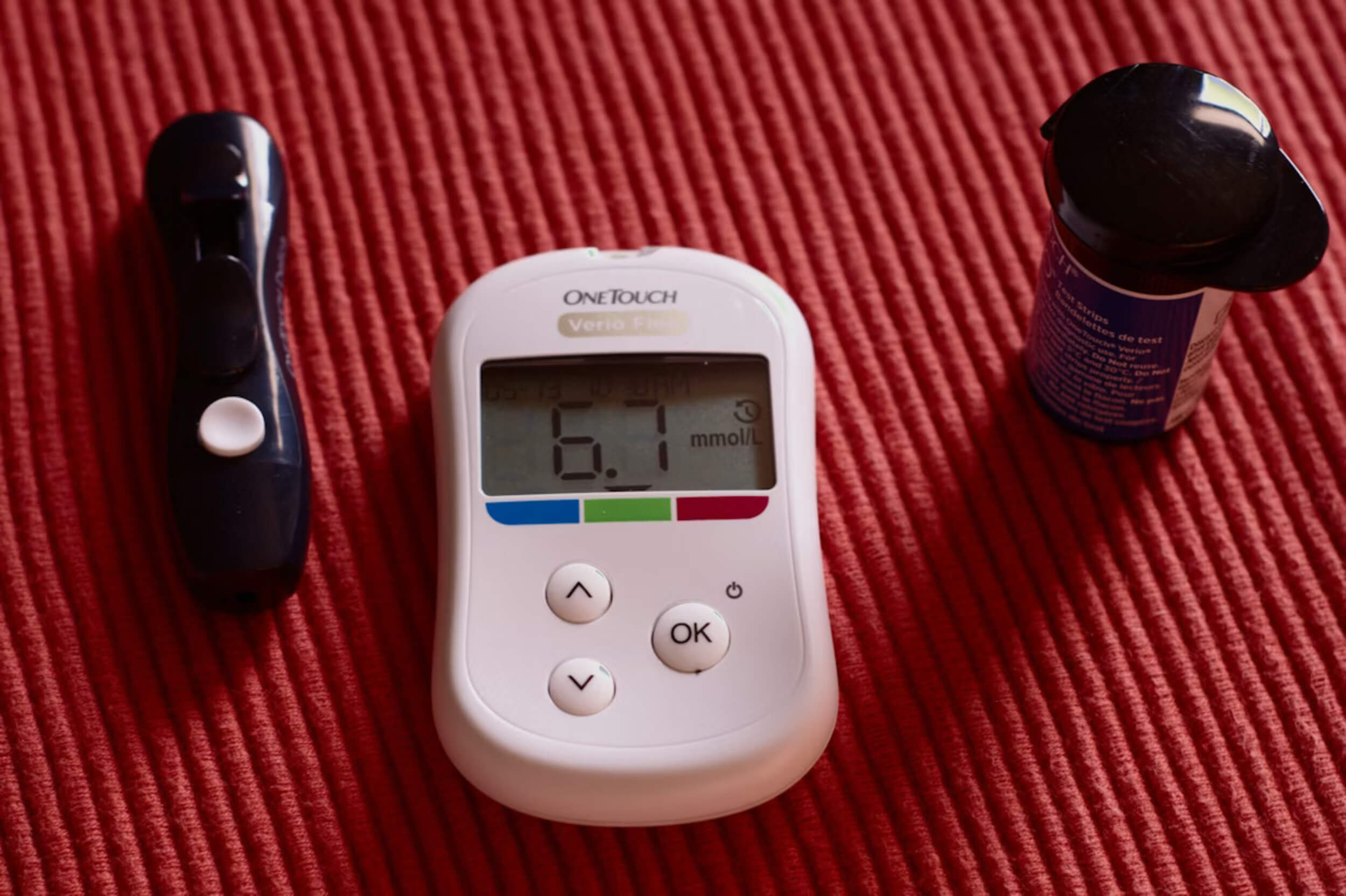Sometimes we grow up thinking we have to be tough all the time. Crying feels wrong. Getting angry feels worse. I used to believe showing any kind of emotion meant I was weak or out of control. So I kept everything inside and hoped it would go away. It didn’t.
Turns out, emotions aren’t the enemy. They’re actually trying to help. That tight feeling in your chest? It might be telling you something’s not right. That lump in your throat? It could mean something really matters to you. Emotions are messages. They aren’t there to ruin your day—they’re showing you what needs your attention.
You don’t need to fight your feelings to find peace. The more you understand what they’re saying, the less power they have over you. And that’s when things really start to shift.
The Cultural Lie—That Emotions Are the Problem
No one really teaches us how to feel. Most of us just pick up quiet messages from childhood—like “stop crying,” “calm down,” or “be strong.” Over time, those small phrases start to shape big beliefs. We start thinking that strong people don’t feel much. Or worse, that feeling too much means something’s wrong with us.
Little by little, emotions become something we hide instead of something we trust. We’re told to stay focused, keep performing, and just “get on with it.” Social media doesn’t help—it often celebrates looking fine, not being fine.
Here’s the truth: emotions aren’t the enemy, they’re data. They tell us when something’s not right. When something matters, they speak up. Silencing them doesn’t help—what they really need is to be heard.
Signs you’ve been taught to push feelings down:
- You say “I’m fine” even when you’re not.
- You feel guilty for being upset or needing space.
- You try to “fix” your mood instead of understanding it.
- You feel uncomfortable when others get emotional around you.
Understanding where these habits come from is the first step toward changing how you relate to your emotions.
Every Emotion Is a Messenger
Each feeling you have is trying to send you a message. They’re not just noise in your head or mood swings to avoid. They have jobs—and they’re pretty good at them.
Let’s break it down:
1. Anger
Anger often means something important to you has been crossed or ignored. It could be a personal boundary, a value, or a sense of fairness.
Instead of brushing it off, ask: What felt off about that moment?
2. Sadness
Sadness can show up when we lose something or someone, but it can also mean something we care about is missing.
Try asking: What feels heavy right now? What needs attention or care?
3. Fear
Fear doesn’t always mean “run away.” Sometimes it’s a warning. Other times, it’s a push to think carefully or be cautious.
Check in: Is this fear protecting me or holding me back?
4. Joy
Joy tells you what lights you up. What feels right. What’s worth making more space for in your life.
Pause and ask: What brought this feeling on? Can I do more of that?
The truth is, emotions aren’t the enemy—they’re the way your body and brain work together to guide you. They’re not “good” or “bad.” They’re just signals asking for your attention.
When you start seeing them this way, everything changes. You no longer feel like you’re fighting your own mind—you feel like you’re finally starting to listen.
Emotions Don’t Last Forever—But Your Resistance Might
Ever notice how some feelings stick around no matter how much you try to ignore them? That’s not an accident. The more we push emotions down, the more they push back.
Feelings move like waves. They come, rise, and then fade—if we let them. But when we resist, the wave doesn’t pass. It crashes over and over.
Here’s what tends to happen:
- You feel anxious, so you pretend you’re not.
- That anxiety grows and turns into panic or anger.
- Now, you’re not just anxious—you’re anxious about being anxious.
This is called “secondary suffering.” The original emotion wasn’t the problem—it was our reaction to it.
When you give a feeling space to exist, even for a few minutes, it usually softens. It doesn’t need you to solve it right away. It just wants to be seen.
Letting emotions pass through—without judgment or rushing—is one of the most powerful shifts you can make. Emotions aren’t the enemy. Ignoring them is.
Mindfulness Isn’t About Fixing—It’s About Witnessing
Some people think mindfulness is about staying calm or clearing your mind. But really, it’s about noticing what’s happening without trying to fix it. It’s showing up to your feelings—even the messy ones—and saying, “Okay, I see you.”
When a big feeling hits, you don’t have to analyze it, explain it, or get rid of it right away. You can just sit with it. That might sound simple, but it takes courage.
Here’s what it looks like in real life:
- You feel stressed, so instead of grabbing your phone or pushing through, you pause.
- You take a breath and notice where the stress is sitting—in your chest, your jaw, your gut.
- You let the feeling be there, without needing it to go away.
This doesn’t mean you’re weak or stuck. It means you’re learning to respond with care.
Over time, this habit helps you shift from being the emotion (like “I am angry”) to having the emotion (like “I feel angry right now”). That space between you and your feelings? That’s where real peace lives.
It’s not about doing it perfectly. It’s about practicing presence, one moment at a time.
Responding vs Reacting—The Power of Emotional Space
Strong emotions can make us snap. Say things we don’t mean. Shut people out. All of that is reacting—doing whatever the feeling wants us to do right away.
But there’s another option: responding.
When you slow down and give yourself a moment before acting, everything shifts. You get to choose what happens next, instead of letting the feeling take over.
Signs you’re reacting instead of responding:
- You regret what you said or did soon after.
- You feel out of control during emotional moments.
- You don’t remember stopping to think—it just happened.
Here’s how to build space:
- Pause before replying to that message.
- Take three deep breaths before walking into a hard conversation.
- Ask yourself, “What do I want to do here, not what do I feel like doing?”
Making room between the emotion and the action doesn’t mean ignoring how you feel. It means you’re building strength around how you handle it.
Feeling Fully Is the Real Goal—Not Feeling Happy All the Time
There’s this idea out there that we’re supposed to feel happy all the time. If we’re not smiling, we’re doing life wrong. But that’s not true—and trying to live that way just adds more pressure.
Positive psychology—the real kind—doesn’t say “be positive always.” It says “feel everything fully.”
Here’s why that matters:
- If you don’t let yourself feel sadness, you also dull your joy.
- When you avoid grief, you miss out on love.
- Ignoring fear doesn’t build courage—it builds numbness.
Well-being isn’t about deleting hard feelings. It’s about making space for all of them. Because each emotion brings depth to life.
When you allow sadness, anger, joy, fear, and everything in between, you start to feel more alive—not less. That’s where meaning and connection grow.
You don’t need to chase constant happiness. You just need to stop running from your feelings. That’s where the healing begins. And that’s what emotional freedom actually looks like.
A Practice to Try—Asking the Emotion What It Wants
Most of us try to get rid of tough emotions as fast as possible. But what if the next time a feeling showed up, you didn’t push it away—you got curious?
Instead of saying, “I hate this,” try asking:
- What are you trying to tell me?
- Where do I feel you in my body?
- What do you need right now?
These questions aren’t about fixing the feeling. They’re about understanding it. That small shift—from judgment to curiosity—can completely change your emotional world.
Suddenly, emotions feel less like something to fear and more like something to listen to. Emotions aren’t the enemy—they’re messengers, and sometimes, they just want to be heard.
This practice isn’t long or complicated. It’s a habit of paying attention. One that can help you feel calmer, more in control, and more connected to yourself—even when the feelings are hard.
Conclusion: Emotional Freedom Isn’t About Control—It’s About Connection
Somewhere along the way, we were told to hold it all in. But emotions aren’t something to control—they’re signs pointing us toward what matters. They’re not mistakes or flaws. They’re part of being human.
You don’t have to fix every feeling. You don’t have to run from them either. What you feel isn’t random—it’s there for a reason.
The moment you stop pushing emotions away and start listening, things shift. You begin to respond with care instead of panic. And that’s when real change happens.
Emotions aren’t the enemy—they’re the way back to yourself. Connection, not control, is where freedom starts.















